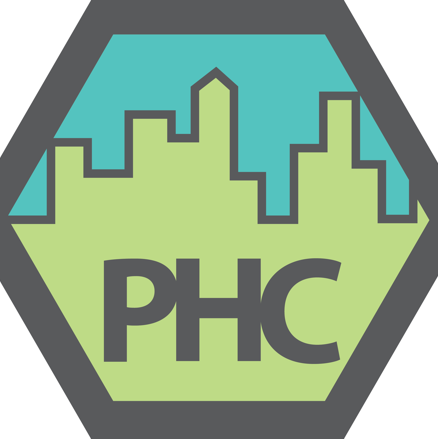- Location
- Toronto, Ontario, Canada
- Bio
-
James Rhule is the founder and Chief Idea Officer of Project: Human City. He studied Urban and Regional Planning at Ryerson University. Wanting to make a greater impact for the underrepresented public, he designed an organization to meet the needs of all people living together, rather than following traditional means. James has worked for the City of Toronto for ten years. His professional interests include particle physics, algorithms and human interactions. When not designing impact initiatives for Project: Human City, James enjoys reading, writing, cooking and spending time with his three young nephews.
- Companies
-
-
 Toronto, Ontario, Canada
Toronto, Ontario, Canada
-
- Categories
- Mobile app development Information technology Artificial intelligence Databases Hardware
Socials
Achievements
Latest feedback
Project feedback
Project feedback
Project feedback
Recent projects
Smart Relocation Strategy for Urban Growth
The project aims to develop a strategic plan for cities that incentivize new residents to relocate using Project: Human City's suite of apps—SpotStitch, CoQuest, Lotus Learning, and CityLayer. These apps are designed to enhance community and capacity building. The goal is to create a comprehensive relocation plan that leverages these digital tools to attract and integrate new residents effectively. The project will involve analyzing the functionalities of each app and determining how they can be utilized to support city growth and community engagement. The team will focus on creating a cohesive strategy that aligns with urban development goals and enhances the quality of life for new settlers. - Analyze the functionalities of SpotStitch, CoQuest, Lotus Learning, and CityLayer. - Develop a strategic plan for using these apps to attract new residents. - Align the relocation strategy with urban development and community engagement goals.
Engineering Review of "The Arch Cradle I" 3D Printer
Project: Human City is seeking an engineering review of its experimental 3D printer, "The Arch Cradle I." The goal of this project is to assess the design, functionality, and performance of the printer to ensure it meets industry standards and user expectations. The printer is intended to revolutionize urban manufacturing by enabling rapid prototyping and production of complex structures. The review will focus on evaluating the printer's mechanical components, software integration, and overall usability. The team will identify potential areas for improvement and provide recommendations to enhance the printer's efficiency and reliability. This project offers learners the opportunity to apply their engineering knowledge in a practical setting, bridging the gap between theoretical concepts and real-world applications. - Assess the design and functionality of "The Arch Cradle I." - Evaluate the printer's mechanical components and software integration. - Identify potential areas for improvement. - Provide recommendations for enhancing efficiency and reliability.
CityLayer Urban Planning Module Enhancement
Project: Human City is seeking a team of learners to enhance its CityLayer software, aiming to transform it into a comprehensive urban planning tool. The current software provides basic functionalities, but the goal is to expand its capabilities to support a wider range of urban planning tasks. This project involves integrating new features that allow for detailed zoning analysis, infrastructure planning, and environmental impact assessments. The learners will apply their knowledge of software development and urban planning principles to create a user-friendly interface that meets the needs of urban planners. The project will focus on improving data visualization and user interaction to facilitate better decision-making processes. By the end of the project, CityLayer should be a robust tool that urban planners can rely on for efficient and effective planning.
AI-Powered Reputation System for Task Assignment
Project: Human City aims to enhance its mobile app, Coquest, by developing an AI-powered reputation system. Coquest is a platform that crowdsources projects, programs, and co-ops, and the current challenge is to efficiently assign tasks to users based on their reputation. The goal is to create a system that evaluates user contributions and interactions to generate a reputation score. This score will then be used to match users with tasks that align with their skills and reliability. The project will involve designing algorithms that assess user behavior, participation history, and feedback to ensure fair and effective task distribution. By implementing this system, Coquest seeks to improve user engagement and project success rates.
